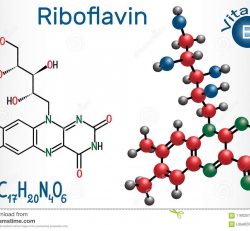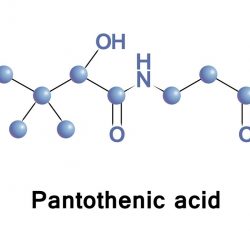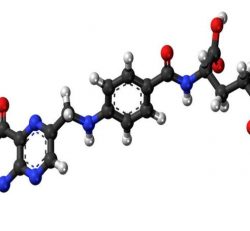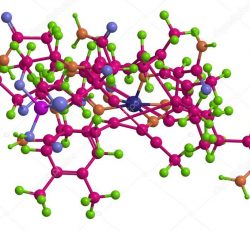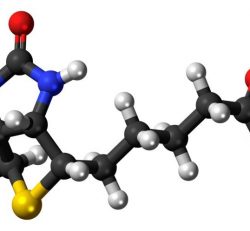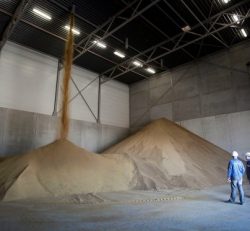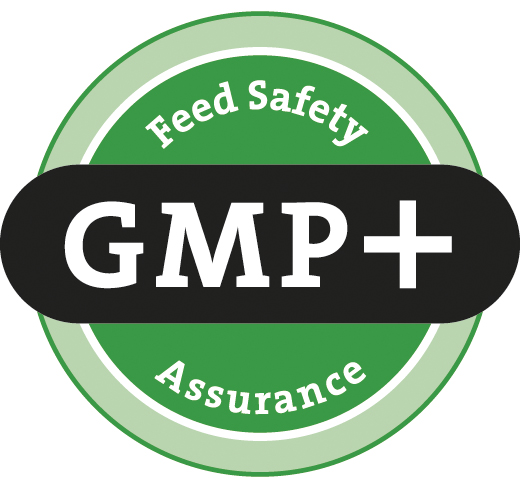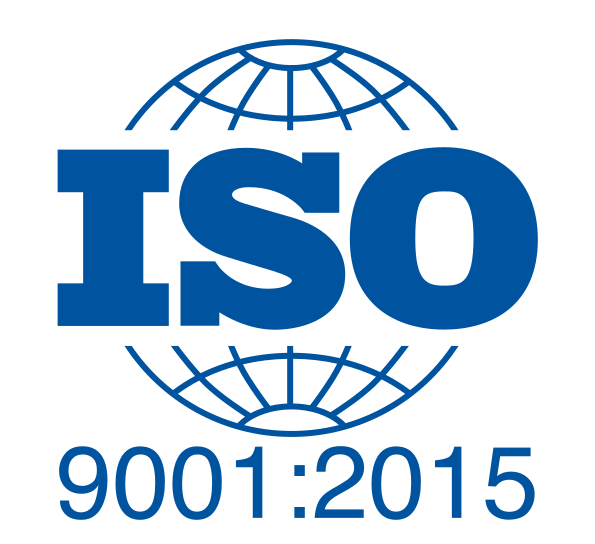USMEF REVIEWS ‘STATE OF MEAT’ DURING STRATEGIC PLANNING CONFERENCE

USMEF staff recently prepared detailed impact papers quantifying the estimated export losses the U.S. has suffered, or could suffer, as a result of trade disputes with Mexico, China and Canada and the lack of available capacity in the EU’s duty-free beef quota. (Agweb)
The U.S. Meat Export Federation (USMEF) opened its annual strategic planning conference Tuesday with a status report on the current state of U.S. beef, pork and lamb exports, followed by a discussion of the key trade policy issues shaping the outlook for exports in 2019 and beyond.
USMEF Chair Dennis Stiffler began with an overview of U.S. lamb production, demand and exports. Stiffler is president of the Texas Division of Halperns’ Steak and Seafood and CEO emeritus of Mountain States Rosen, a fabricator, processor and distributor of lamb and veal products. He noted that lamb exports struggled in 2017 but have rebounded this year, mainly due to an uptick in lamb variety meat shipments to Mexico. Access to the Japanese market, which recently reopened to U.S. lamb for the first time in 15 years, is “a real game-changer” for the lamb industry, Stiffler added.
“Since the market opening was announced, there has been a great deal of buyer interest in U.S. lamb,” Stiffler explained. “There are now four U.S. plants approved for export to Japan, and USMEF is preparing for its first major lamb event. On Nov. 28 in Tokyo, there will be a USMEF educational seminar for chefs, importers, purveyors and media.”
Stiffler also spotlighted two significant success stories for U.S. red meat: the surge in pork exports to Central America and the Dominican Republic and the remarkable growth in U.S. beef exports to Taiwan.
He noted that the Central America-Dominican Republic-U.S. Free Trade Agreement (CAFTA-DR) and the U.S.-Panama Trade Promotion Agreement helped unlock the potential for U.S. pork in the region and the industry has capitalized in a big way. Exports to the Dominican Republic have already set a new record in 2018 and volumes to all seven Central American countries are up by double digits this year. Though relatively small in population, seven of the eight countries in the region are now top 20 markets for U.S. pork.
2017 was a record-breaking year for U.S. beef in Taiwan, with exports exceeding $400 million for the first time, and Stiffler said momentum continues to build.
“Beef exports to Taiwan will break the $500 million milestone this year, meaning that export value will have doubled in just the past five years,” he said. “And the U.S. dominates the chilled beef market in Taiwan, capturing a 75 percent share.”
Attendees also heard from Kevin Kester, president of the National Cattlemen’s Beef Association (NCBA). A fifth-generation rancher from Parkfield, California, Kester welcomed USMEF members to the Golden State with a call for unity among meat and livestock industry stakeholders at a time of significant uncertainty and volatility in international trade.
“As I travel across the country and internationally, the No. 1 issue on the minds of producers is trade,” Kester said. “Producers recognize, more so than ever, the benefits that export markets, especially in the beef sector, are bringing to our industry. It’s very, very important that the staff and leadership of USMEF, NCBA, the North American Meat Institute and the National Pork Producers Council work together with the Office of the U.S. Trade Representative and USDA on all trade issues where we can get common agreement. Having that bond and working together on the policy side – I can’t overstate how important that is.”
USMEF President and CEO Dan Halstrom echoed Kester’s thoughts on the need for a unified voice on critical trade issues, including the upcoming negotiations between the United States and Japan, proposed revisions to the European Union’s duty-free beef quota and the need to address retaliatory duties imposed on U.S. red meat by Mexico, China and Canada.
“USMEF is not a policy organization, but we do support the policy organizations in a big way from the international marketplace,” he said. “So the alignment and coordination between our industry organizations is vital, essential and critical, and USMEF is committed to that.”
As an example of this industry collaboration, Halstrom noted that USMEF staff recently prepared detailed impact papers quantifying the estimated export losses the United States has suffered, or could suffer, as a result of trade disputes with Mexico, China and Canada and the lack of available capacity in the EU’s duty-free beef quota. The impact papers also detail potential losses from Japan’s extension of favorable access terms to non-U.S. red meat suppliers if the United States does not secure similar terms through a U.S.-Japan trade agreement.
“This is the sort of information that USMEF is supplying to our industry partners, to USDA and to the Office of the U.S. Trade Representative, and it has been very well-received,” Halstrom said.
Tariffs Have to End
Dave Juday, senior policy analyst at World Perspectives, Inc., focused his remarks on the implications of the midterm elections and current political environment on red meat trade. He said the new U.S.-Mexico-Canada Agreement (USMCA) is set to be signed Nov. 30, with Mexico expected to ratify USMCA by the end of April. Approval by the U.S. Congress and the Canadian Parliament will likely take longer, but both should be achieved by the end of June.
Separate from USMCA, the U.S. red meat industry is eager to see the U.S., Mexico and Canada come to an agreement on steel and aluminum trade, as this would allow for removal of Mexico’s retaliatory duties on U.S. pork and Canada’s retaliatory duties on U.S. cooked and processed beef. Juday said it is possible that good news could emerge on this issue very soon.
“Probably later this week or next week, there will hopefully be some progress with Mexico on taking the tariffs off their steel and aluminum, and that should mean relief on the pork tariffs,” he said. “Canada is a little more protracted process, but we could see something very soon.”
Transportation is also an important theme at this year’s conference, and on Tuesday USMEF members heard from Wendy Fung, business development manager for the Port of Long Beach. Fung explained the facility upgrades necessary to accommodate megaships, infrastructure improvements that allow truck and rail traffic to move more smoothly through the port and the strides the port has made in implementing clean air initiatives designed to reduce emissions. USMEF members will tour the Port of Long Beach on Wednesday afternoon.
Also on Wednesday, a panel discussion titled, Labor, Logistics and Trade will focus on how the current labor shortage and very tight trucking capacity are affecting U.S. exporters’ ability to deliver red meat shipments to international destinations. This discussion will be followed by meetings of USMEF’s standing committees. The conference will conclude on Thursday with a closing business session and election of USMEF officers.
USMEF
Source: www.porkbusiness.com



